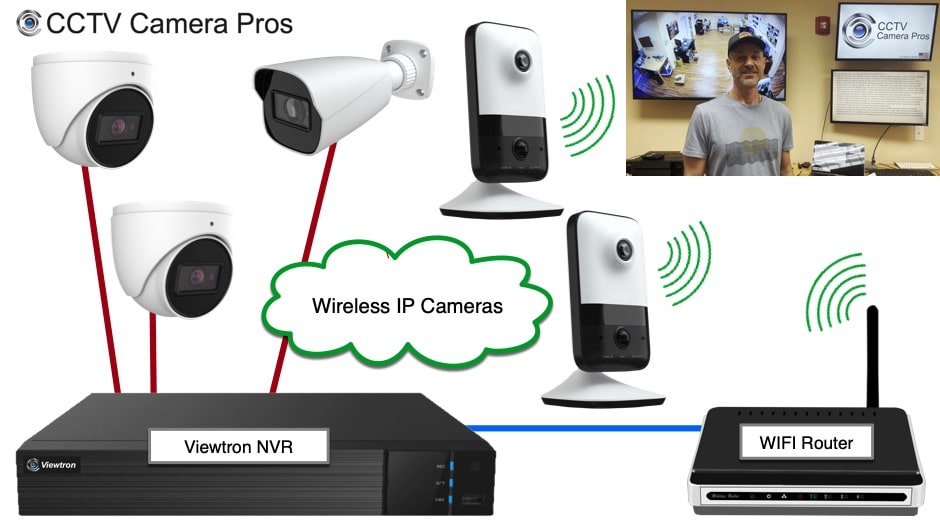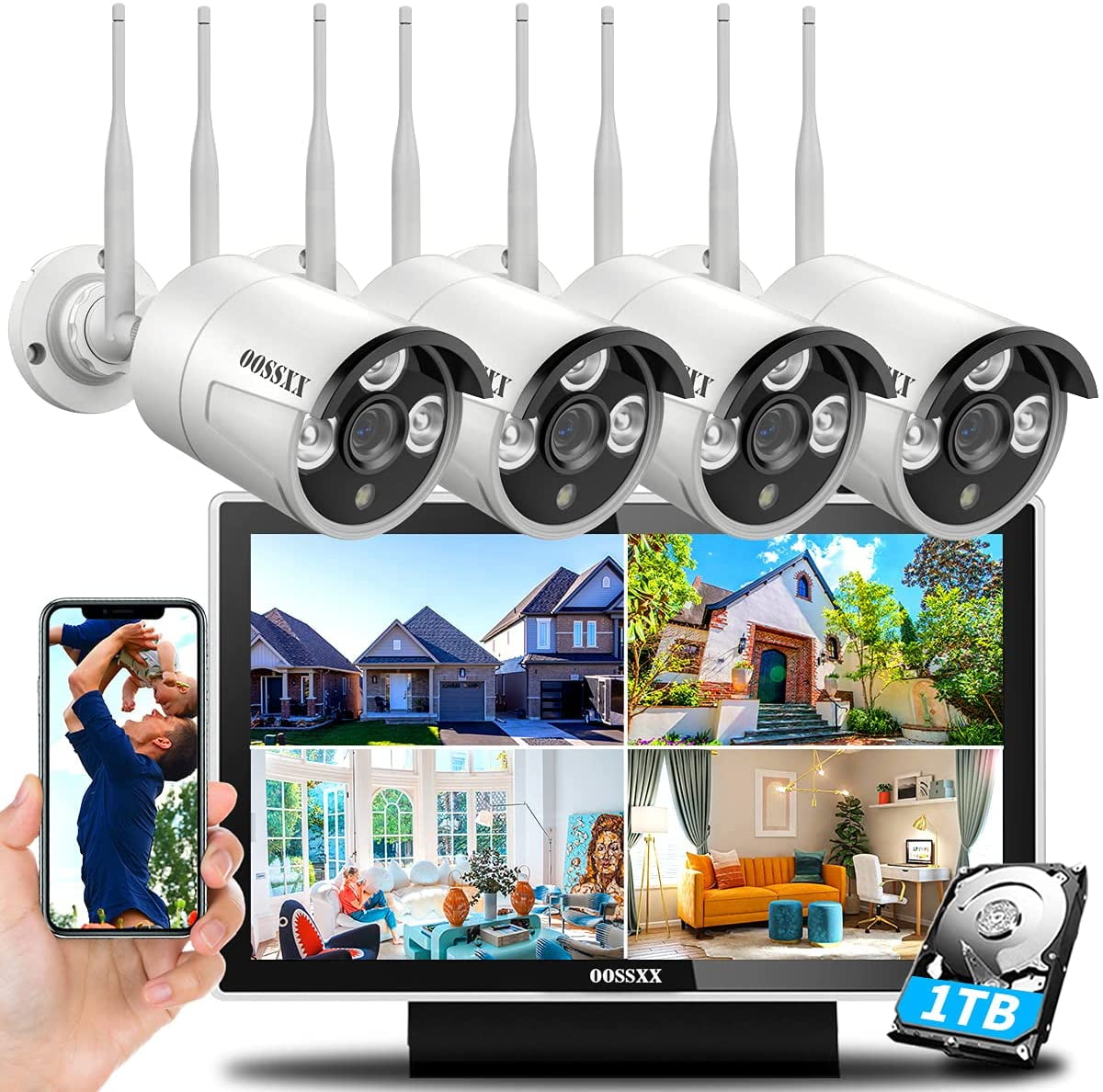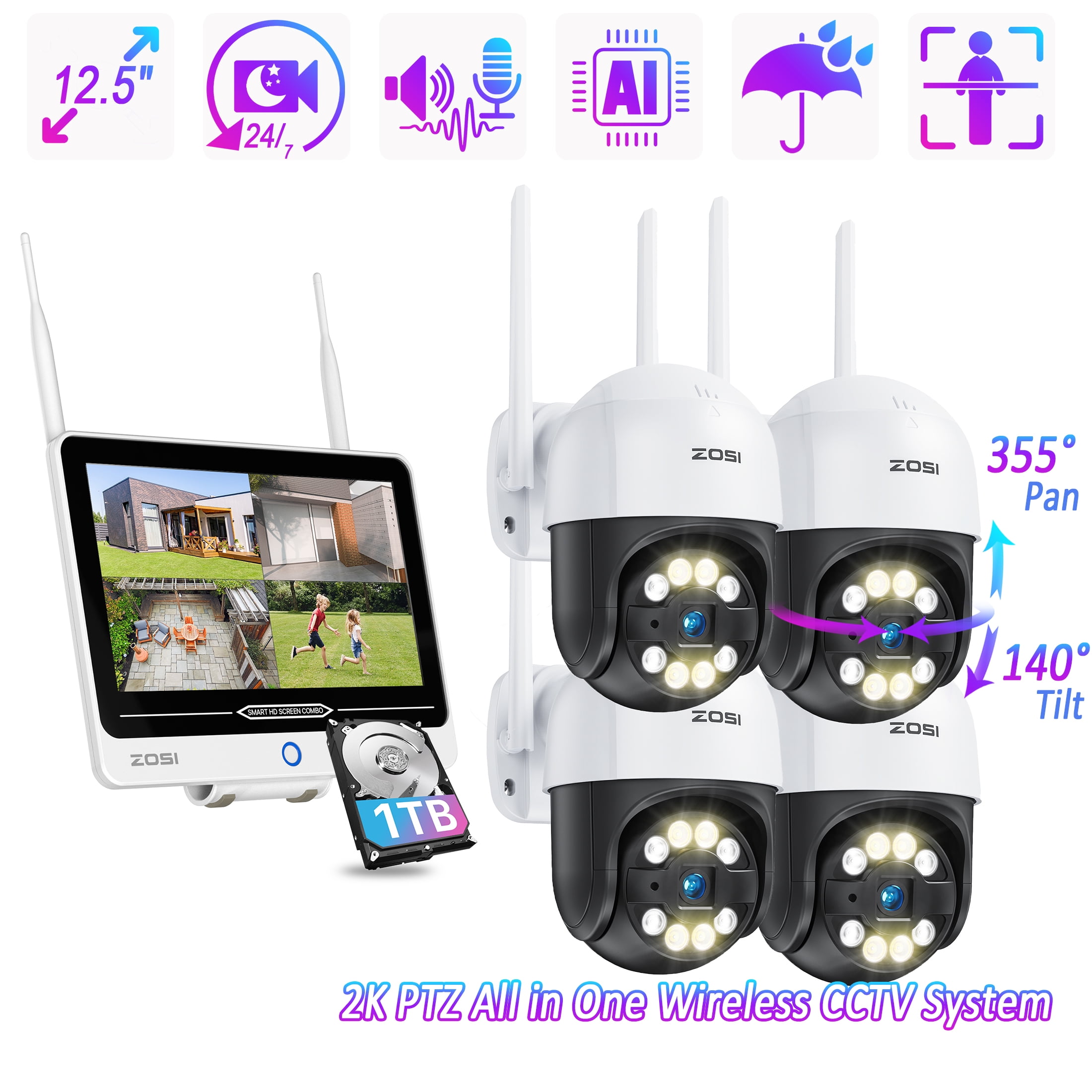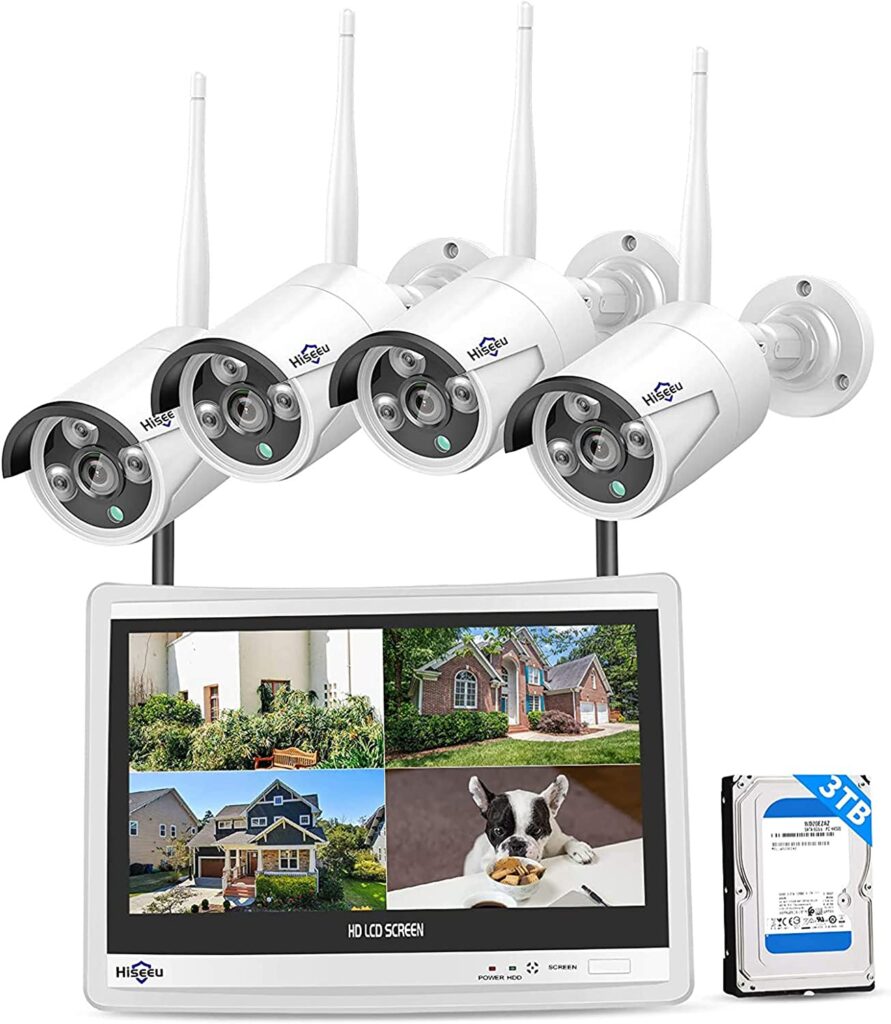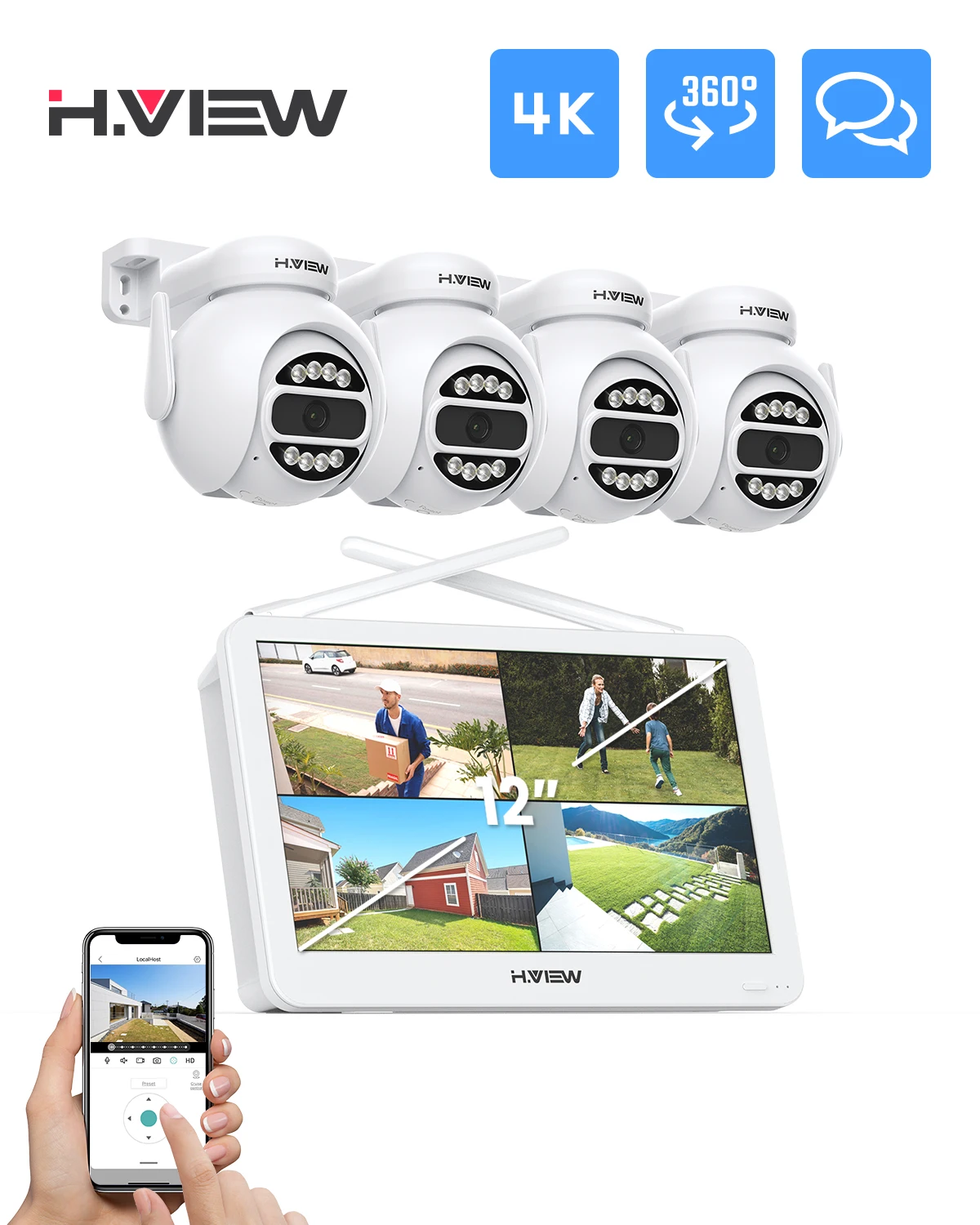Outdoor Use Wireless Security Camera System With Remote Viewing

A surge in property crime across suburban and rural areas is driving unprecedented demand for advanced home security solutions. Wireless security camera systems, equipped with remote viewing capabilities, are rapidly becoming a standard feature for homeowners seeking enhanced protection and peace of mind. The market is flooded with options, each promising cutting-edge technology, but discerning which system truly delivers on its promises requires careful consideration.
This article delves into the evolving landscape of outdoor-use wireless security camera systems with remote viewing. We examine their features, benefits, limitations, and the crucial factors consumers should consider before investing. It will also explore the ethical considerations surrounding their use and provide expert insights into maximizing their effectiveness while respecting privacy.
Understanding the Technology
Wireless security camera systems rely on Wi-Fi connectivity to transmit video footage to a central hub or directly to the cloud. This eliminates the need for extensive wiring, simplifying installation and making them suitable for properties where running cables would be challenging.
Remote viewing is a key feature, allowing users to monitor their property from anywhere with an internet connection via a smartphone app or web browser. Most systems offer live streaming, motion detection alerts, and the ability to record footage for later review.
Key Features to Consider
Resolution is paramount for clear image quality. Look for cameras offering at least 1080p (Full HD) resolution for detailed visuals, allowing for better identification of individuals and objects.
Night vision capabilities are essential for round-the-clock surveillance. Infrared (IR) LEDs provide black and white night vision, while some advanced systems offer color night vision for enhanced clarity.
Motion detection sensitivity and customizable zones help minimize false alarms. A system that allows you to define specific areas of interest for motion detection can significantly improve accuracy.
Weather resistance is crucial for outdoor cameras. Look for an IP65 or higher rating, indicating protection against dust and water ingress.
Two-way audio enables communication with visitors or potential intruders. This can be a deterrent and a useful feature for package deliveries or monitoring children playing outside.
Cloud storage provides a convenient way to store recorded footage, but subscriptions can be costly. Local storage options, such as SD card slots, offer an alternative, but require regular maintenance and are vulnerable to theft.
Benefits and Drawbacks
The primary benefit of these systems is enhanced security and peace of mind. They deter crime, provide evidence in the event of an incident, and allow homeowners to remotely monitor their property.
Remote viewing capabilities are particularly valuable for travelers or those who spend extended periods away from home. The ability to check in on your property from anywhere in the world can be incredibly reassuring.
However, there are also drawbacks to consider. Wireless systems are vulnerable to hacking, requiring strong passwords and regular firmware updates. Reliance on Wi-Fi connectivity can also be a weakness if the internet connection is unreliable.
Battery-powered cameras require regular charging or battery replacements, which can be inconvenient. Hardwired systems offer more reliable power but require professional installation.
Ethical Considerations and Privacy
The proliferation of security cameras raises important ethical considerations regarding privacy. It is crucial to be mindful of capturing footage of neighbors or public spaces without their knowledge or consent.
Local laws and regulations may restrict the placement of cameras or require signage indicating surveillance is in progress. Familiarize yourself with these regulations before installing your system.
According to the Electronic Frontier Foundation (EFF), individuals should prioritize systems with robust security features, including end-to-end encryption, to protect their footage from unauthorized access.
The Federal Trade Commission (FTC) recommends regularly updating camera firmware and changing default passwords to mitigate security risks.
Expert Insights and Recommendations
Security experts emphasize the importance of a multi-layered approach to home security. Wireless camera systems should be viewed as one component of a broader security strategy, including strong locks, alarm systems, and good lighting.
"Don't rely solely on cameras," advises John Smith, a security consultant with over 20 years of experience. "Cameras are a deterrent and can provide evidence, but they are not a substitute for physical security measures."
When choosing a system, consider the specific needs of your property and budget. A basic system with a few cameras and remote viewing capabilities may suffice for some homeowners, while others may require a more sophisticated system with advanced features.
Read reviews from reputable sources and compare features and pricing before making a purchase. Look for systems with positive customer reviews and a strong track record of reliability and customer support.
Future Trends
The future of outdoor security camera systems is likely to be shaped by advancements in artificial intelligence (AI) and machine learning (ML). AI-powered systems will be able to distinguish between humans, animals, and vehicles, reducing false alarms and providing more accurate alerts.
Facial recognition technology could also be integrated into security camera systems, allowing homeowners to identify visitors and receive alerts when unfamiliar individuals are detected.
Integration with smart home ecosystems will become increasingly seamless, allowing users to control their cameras and other smart home devices from a single app. Voice control via Amazon Alexa or Google Assistant will also become more prevalent.
As technology evolves, it's vital for consumers to stay informed about potential security vulnerabilities and privacy implications. Responsible usage and proactive security measures are paramount to realizing the full benefits of these powerful tools.


